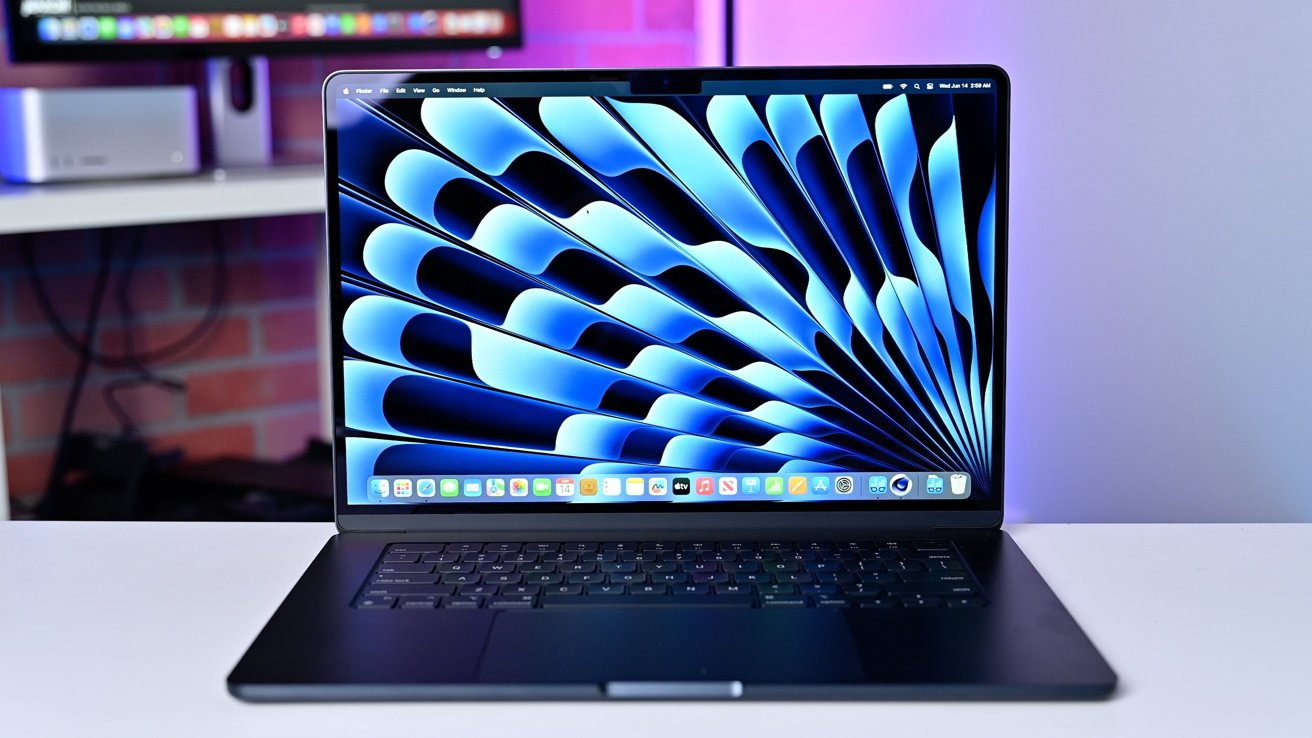Introduction to Screenshotting on Mac
When it comes to mastering everyday computer tasks, knowing how to take a screenshot on Mac can be one of the most useful skills for students, professionals, and casual users alike. Many people search for how to take a screenshot on Mac because they want a simple and reliable way to capture important information, share their screen, or save a quick reference. The beauty of understanding how to take a screenshot on Mac is that it allows you to capture exactly what you see, whether it is a webpage, an image, or a piece of text. With tools built directly into the macOS, the process of how to take a screenshot on Mac becomes straightforward, and you don’t need to download third-party applications. Learning how to take a screenshot on Mac is essential for increasing productivity and efficiency, and whether you are working on creative projects or academic assignments, the feature is always handy. If you’re still wondering how to take a screenshot on Mac, the KnowToMac guide will walk you step by step, showing different methods and shortcuts. People often struggle with remembering the right key combinations, which is why this detailed breakdown of how to take a screenshot on Mac can be your go-to reference. By the end of this article, not only will you understand how to take a screenshot on Mac, but you’ll also know which method works best for your needs. Anyone who has ever searched for how to take a screenshot on Mac knows that a clear guide makes a big difference, and KnowToMac provides exactly that.
Why Learning Screenshots on Mac Matters
Once you master how to take a screenshot on Mac, you’ll realize how much easier your workflow becomes. Screenshots are useful for recording information you cannot download, documenting error messages when seeking technical support, or saving online receipts. Without knowing how to take a screenshot on Mac, you might miss out on these conveniences. Screenshots are also vital for collaboration; whether in a classroom setting or workplace, showing someone exactly what you see on your screen saves time compared to writing long explanations. That’s why knowing how to take a screenshot on Mac isn’t just about capturing pictures, it’s about improving communication.
Different Methods to Take a Screenshot
There are several built-in options that explain how to take a screenshot on Mac, each suited for different needs. For capturing the entire screen, the shortcut Command + Shift + 3 is the fastest method. This is one of the most common solutions when you’re learning how to take a screenshot on Mac, as it captures everything instantly. If you want more precision, Command + Shift + 4 allows you to select a specific portion of the screen. Many users find this method the most practical way of applying how to take a screenshot on Mac because it avoids unnecessary cropping afterward. Additionally, for capturing a particular window, Command + Shift + 4 followed by the spacebar is the key combination that simplifies how to take a screenshot on Mac when working with multiple windows. Finally, newer macOS versions allow you to press Command + Shift + 5, which opens a small screenshot toolbar with even more options, making how to take a screenshot on Mac flexible and user-friendly.
Tips for Managing Your Screenshots
After learning how to take a screenshot on Mac, the next step is organizing them. By default, screenshots save to your desktop, which can quickly become cluttered. You can change the save location to a folder of your choice, making your knowledge of how to take a screenshot on Mac even more practical. Renaming files is also recommended so you can easily locate them later. For professionals, editing screenshots right after capturing them is another useful habit. macOS provides a built-in editing tool, Preview, which makes how to take a screenshot on Mac not just about capturing but also customizing images.
Advanced Features for Power Users
If you’ve already mastered the basics of how to take a screenshot on Mac, you may want to explore advanced options. The screenshot toolbar with Command + Shift + 5 not only helps with still images but also records video clips of your screen. This expands your understanding of how to take a screenshot on Mac into the realm of screen recording, which is invaluable for creating tutorials or saving online lectures. You can also add a timer before the screenshot is taken, which is especially helpful when you need to set up the screen exactly the way you want it. Once you integrate these tools, how to take a screenshot on Mac evolves from a simple function into a professional skill set.
Common Issues and Fixes
Sometimes people face problems even after learning how to take a screenshot on Mac. For instance, if your shortcuts don’t seem to work, you may need to check your keyboard settings under System Preferences. Another common issue when practicing how to take a screenshot on Mac is not finding the saved files, which usually happens because the default location was changed accidentally. Understanding these troubleshooting steps ensures that you never lose time when applying how to take a screenshot on Mac in daily tasks.
Conclusion: Mastering Screenshots with KnowToMac
Knowing how to take a screenshot on Mac is one of those simple yet powerful skills that transform your efficiency on the computer. From saving important information to enhancing collaboration, once you practice how to take a screenshot on Mac consistently, it becomes second nature. The methods outlined in this KnowToMac guide ensure that whether you are a beginner or a power user, you’ll never be stuck wondering how to take a screenshot on Mac again. With multiple shortcut options, editing features, and advanced tools, you now have the confidence to use screenshots effectively. Keep this KnowToMac guide as a handy reference, and the next time someone asks you how to take a screenshot on Mac, you’ll be able to share your knowledge with ease.



